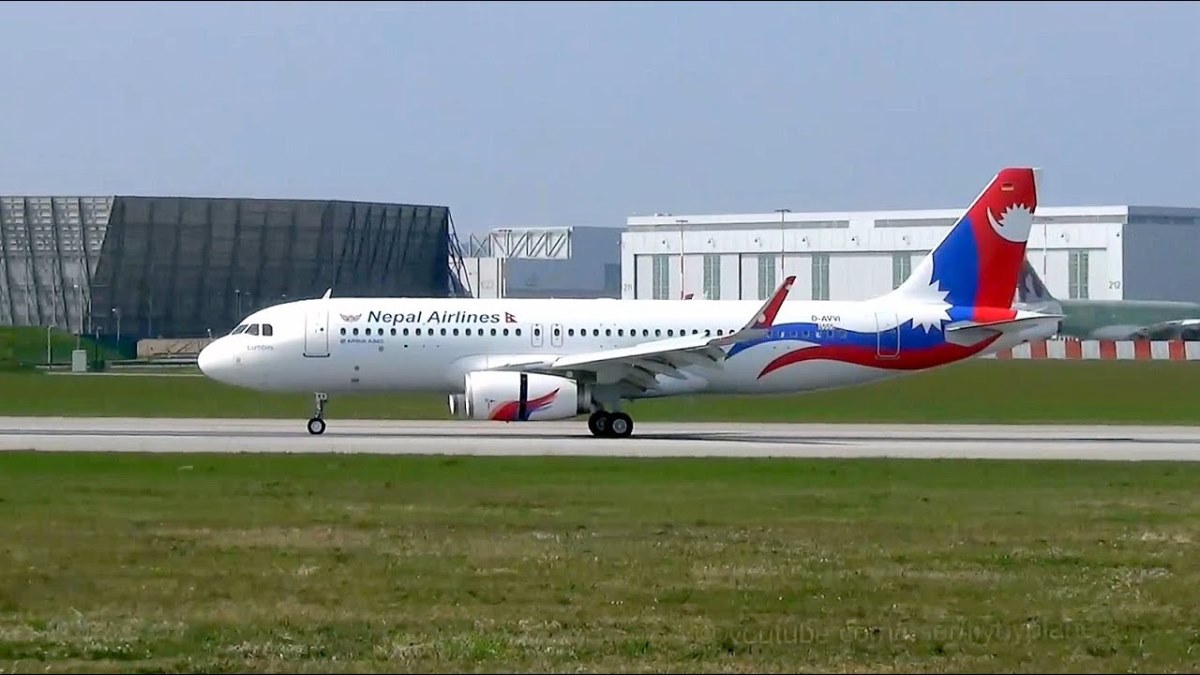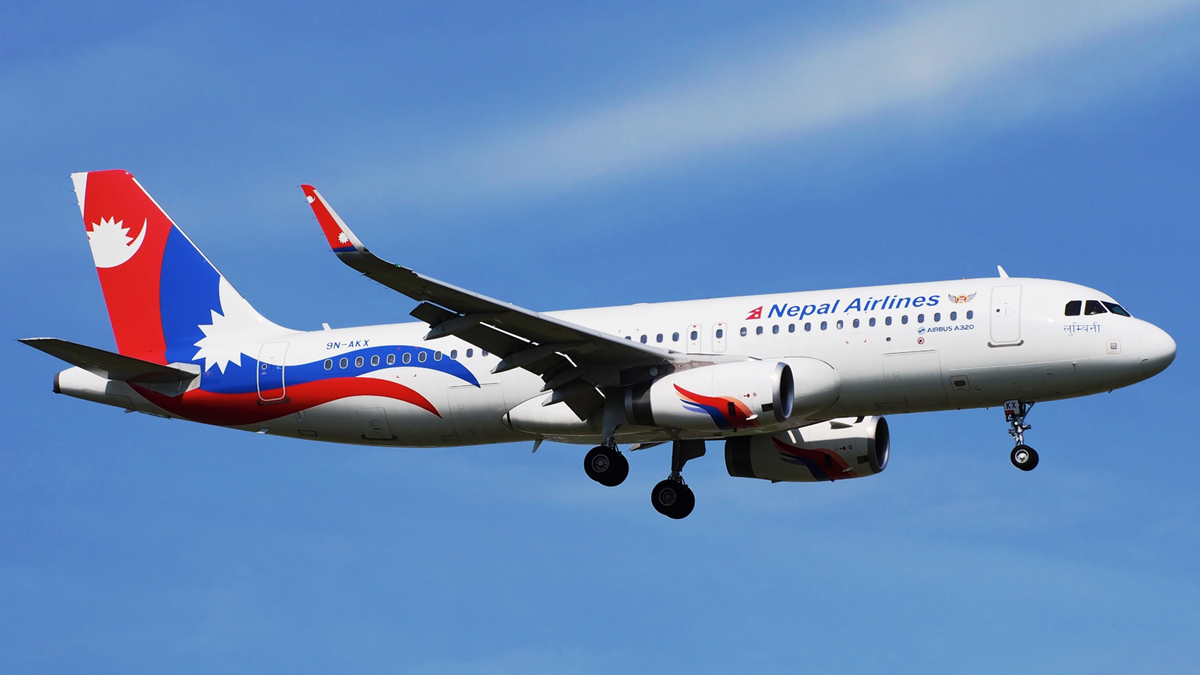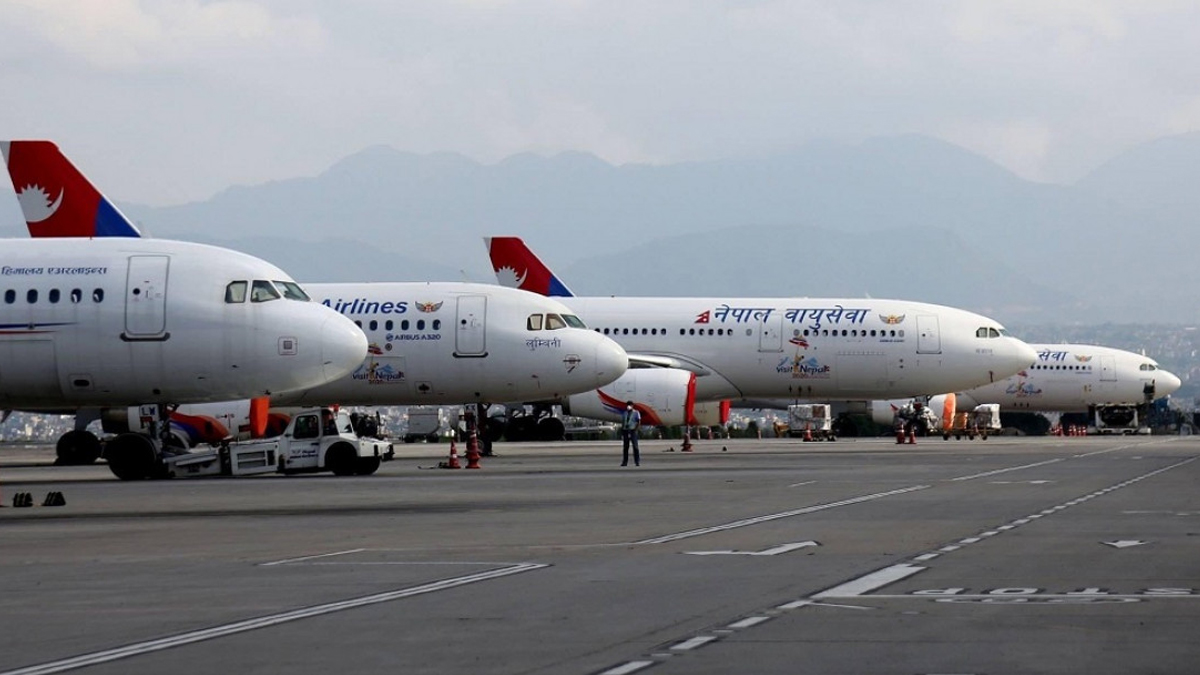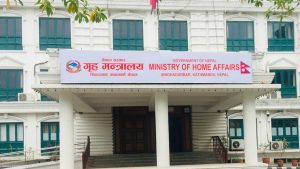
Chinese Aircrafts Purchased for 6.671 billion Rupees Valued at Only 160 million Rupees
Chinese Embassy's Pressure and Lobbying Delays Aircraft Sale Process
Nepal Airlines Corporation is grappling with a challenging situation as the sale price of Chinese Aircrafts, purchased at a cost of 6.671 billion rupees, has been determined to be a meager 160 million rupees. The company selected the US firm, Aviation Asset Management International, to set the price for these Aircrafts. While the firm’s report suggests that the five Aircrafts could be sold as a whole for 160 million rupees, there are complications.
It appears that one of the Y-12 Aircrafts cannot be sold as a whole, leading to the company’s recommendation that three Y-12 and two MA-60 Aircrafts be sold for 38 million rupees if their parts are removed.
Furthermore, if the company sells the spare parts of the Chinese Aircrafts as they are, they could fetch 479 million rupees, but if sold individually, this figure would drop to 184 million rupees. This valuation controversy has put the price of the two MA-60 and three Y-12 Aircrafts and their parts together at 212 million rupees.
Read Also:
Nepal Airlines Regrets Chinese Plane Procurement, Financial Debt Looms
The corporation management initially submitted the report to its board of directors, but it faced opposition from operators who argued that the Aircraft couldn’t be sold at that price. When the board did not approve the report, Corporation Chairman Yuvraj Adhikari sent the details of the price committee directly to the Ministry of Culture, Tourism, and Civil Aviation for approval.
The corporation’s directors argue that, out of the four Y-12 and two MA-60 aircraft purchased for 7 billion rupees, one Y-12 aircraft is unfit for flying, and they oppose selling the remaining five aircraft for just 220 million rupees. This dispute has led to confusion regarding the set price for the Aircraft, with a side issue being the additional cost of finding a company to determine the sale price.
Nepal Airlines Corporation has been grounded since July 2020, and the Chinese aircraft acquisition and sale process has faced multiple delays and challenges. Given the low sale price, the corporation will likely continue to face difficulties in managing these Aircrafts, further affecting its financial stability.

Chinese Embassy’s Pressure and Lobbying Delays Aircraft Sale Process
The sale of Chinese Aircrafts has been embroiled in controversy, and reports suggest that the Chinese Embassy is pressuring against the sale. According to sources, the embassy is concerned that selling the Aircrafts at a low price would negatively impact the image of Chinese-produced Aircrafts worldwide. Chinese lobbying has resulted in a delay in the Aircraft sale process, as the corporation management aims to address this issue.
This controversy arises from a previous asset and liability assessment that valued four Y-12 and two MA-60 Aircrafts at only 3.811 billion rupees. One of the Y-12Aircrafts became unfit for flying after an accident during a landing, and the insurance covered the costs. The low valuation and issues with the Y-12 aircraft have led to resistance from the corporation’s directors, who argue that selling the remaining Aircrafts at 220 million rupees is not feasible.
The Chinese government has expressed concerns about the low price, leading to lobbying and interference in the Aircraft sale process. If a solution is not reached, it will have a significant impact on the corporation and further hinder its ability to recover from operational disruptions and losses incurred since 2020.

Background of Chinese Aircraft Acquisition
Nepal Airlines Corporation procured four Y-12 and two MA-60 Aircrafts from China with bilateral agreements between the governments. The contract for purchasing these Aircrafts was signed in November 2070, and the procurement process began in 2068. The Aircrafts arrived in Nepal in several phases, with some acquired through grants and others as loan subsidies.
The acquisition of these Aircrafts was accompanied by substantial costs, with Nepal investing 6.671 billion rupees, a combination of grants and soft loans from the Chinese government. However, the acquisition process faced delays and operational challenges, leading to Nepal Airlines Corporation considering the sale of these Aircrafts.
The ordeal began around nine years ago when NAC purchased four Y12 and two MA-60 planes through a bilateral agreement between the Nepal government and the Chinese government. The acquisition was made with a combination of soft loans and subsidies. Unfortunately, these aircraft have become a significant contributing factor to the corporation’s continuous financial losses.
Tragically, these aircraft turned out to be ill-suited for their intended purpose and became non-operational within just three years. According to NAC’s statistics, an annual average loss of 38 million Nepali Rupees has been incurred since 2071 BS while operating these aircraft.
Currently, all six of these aircraft remain grounded, with one of the four Y-12 planes rendered unflyable due to a crash. Despite repeated calls for tenders to operate these aircraft, no applicants have come forward.
The International Relations and Tourism Committee (IRTC) of the House of Representatives meetings in few days back, Sudan Kirati, the Minister of Culture, Tourism, and Civil Aviation, highlighted the ongoing losses incurred by NAC due to these aircraft. He cited difficulties in obtaining spare parts for the Chinese planes, which are both expensive and scarce. Additionally, the insurance costs for these aircraft are prohibitively high.
The minister also said that even though the aircraft have been out of operation, the corporation continues to pay an annual cost of 50 to 60 crore rupees for parking fees, insurance, and maintenance. Furthermore, a shortage of trainers for these aircraft compounds the issue, he said.
In financial terms, NAC’s expenses for acquiring these six Chinese aircraft amounted to nearly 7 billion rupees. When the aircraft were initially purchased, Nepal had spent 6 billion 67 crore 10 lakh Rupees through grants and soft loans. This included a grant assistance of 2 billion 94 crore 30 lakh Rupees, with the remaining 3 billion 72 crore in the form of a loan with a 1 decimal 5 percent interest rate.

Flight Hours and Cost
Since their introduction in Baisakh 2071, the Chinese aircraft, including four Y-12 and two MA-60 Aircrafts, have collectively flown for a total of 9,829 hours. This data encompasses their flying hours until they ceased operation. Of these, the four Y-12Aircrafts flew for 3,799 hours, while the two MA-60 Aircrafts flew for 6,029 hours.
The costly acquisition and ongoing operational difficulties have raised concerns about the viability of these aircraft, particularly given the low valuations they have received in the current sale process.















Comments